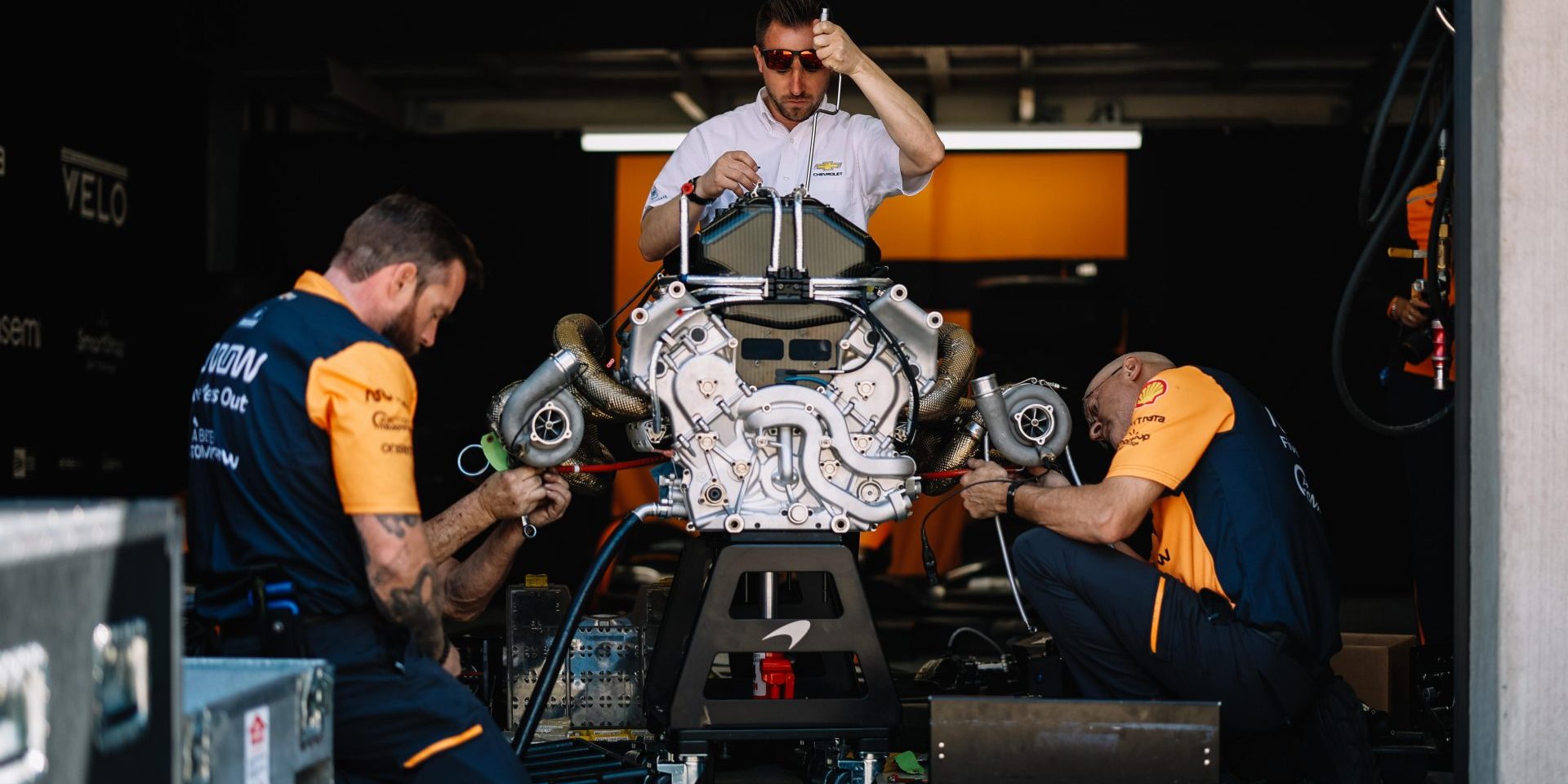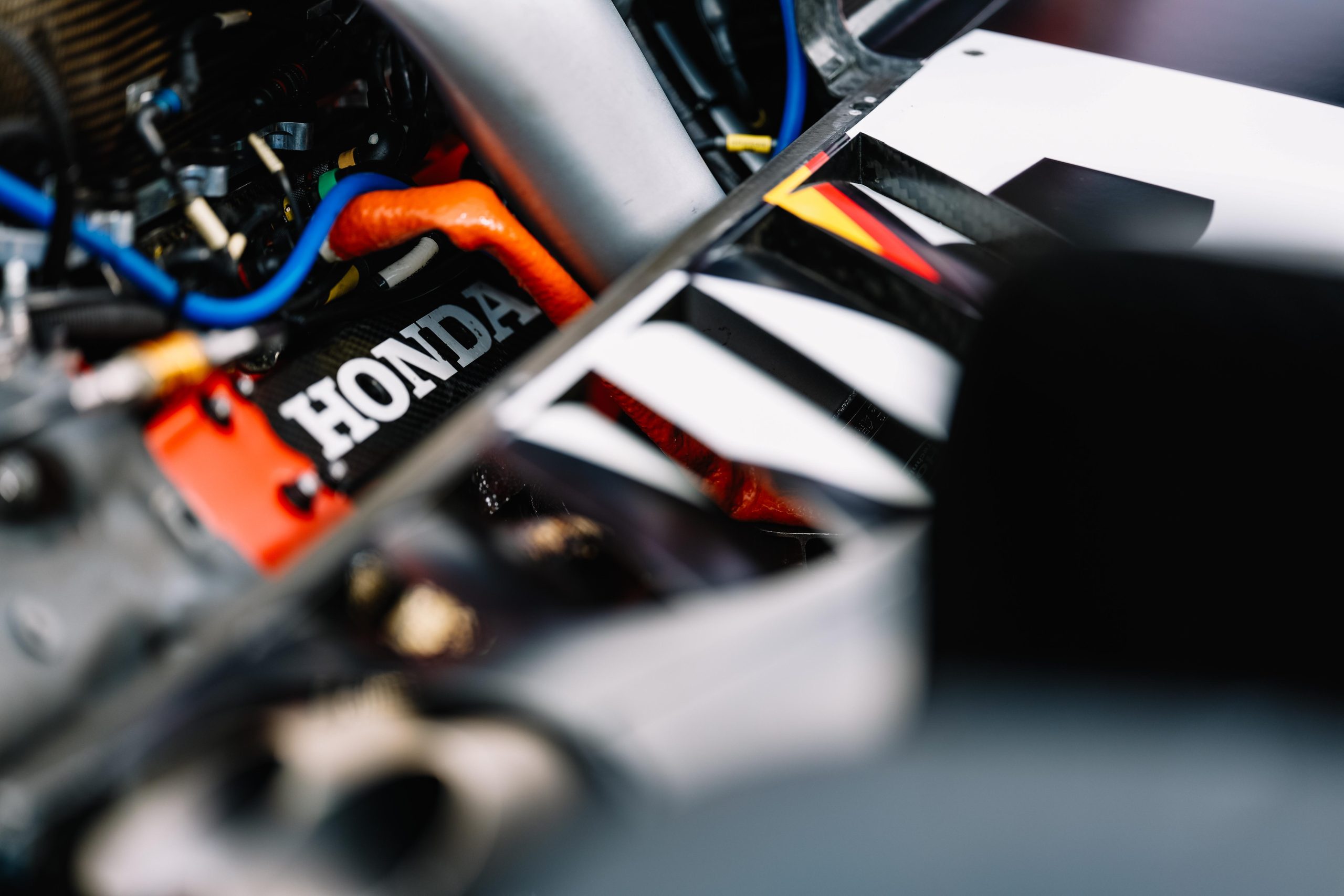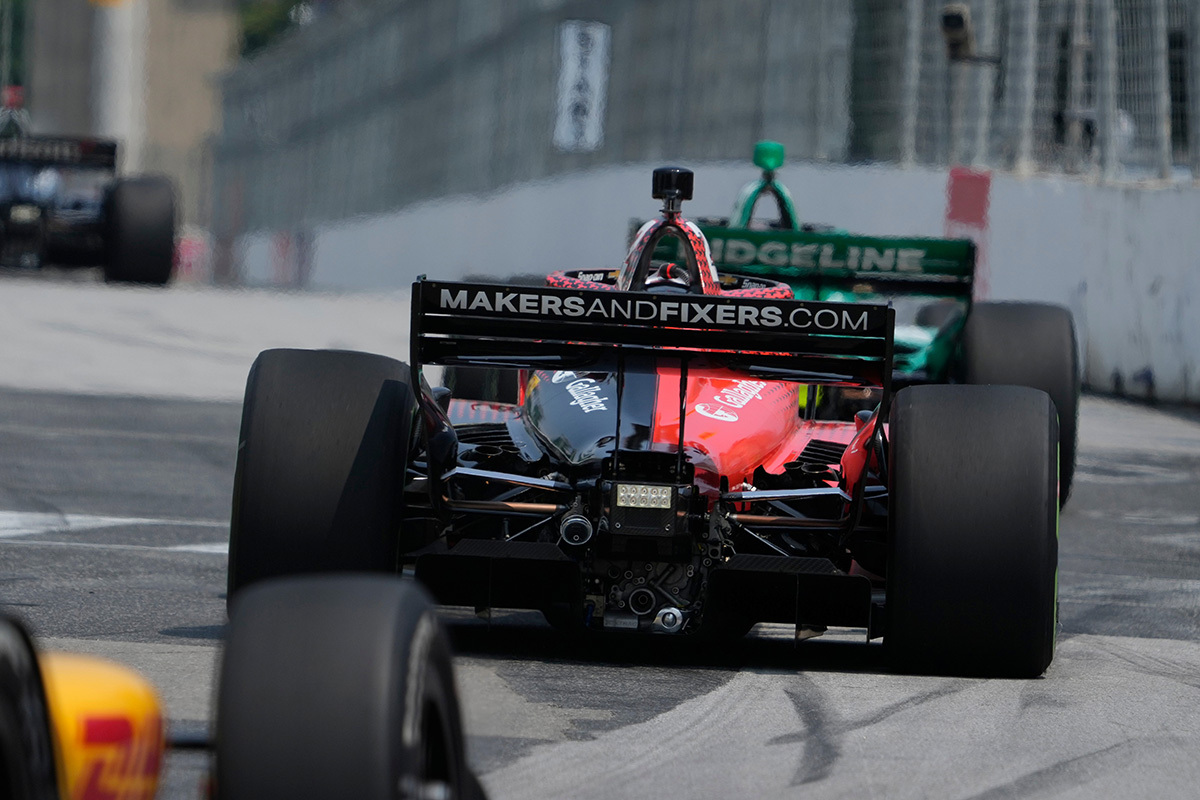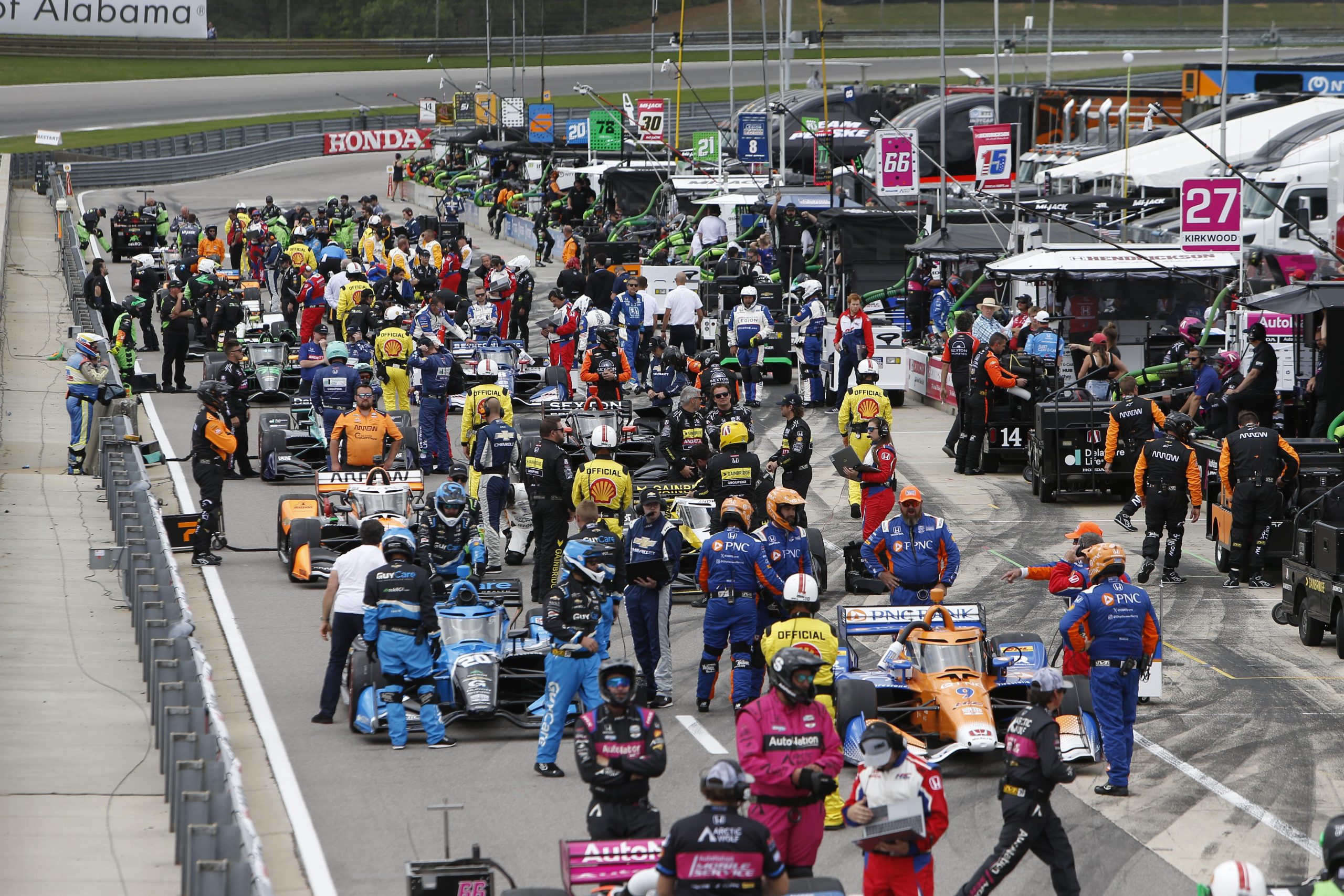How high do IndyCar engines rev?


How high do IndyCar engines rev? IndyCar engines have a maximum RPM limit of 12,000, as regulated by an IndyCar-supplied rev limiter. This high rev limit allows these engines to achieve more power strokes per minute, substantially increasing their performance compared to typical road car engines.
IndyCar engines are designed to deliver immense power from relatively small displacement engines. The 2.2-liter V6 engines used by manufacturers like Chevrolet and Honda can generate upwards of 700 horsepower. They achieve this by operating at extremely high RPMs and utilizing turbocharging and advanced fuel systems.
These engines also run on E85 fuel, a blend of 85% ethanol and 15% gasoline, which provides greater energy content compared to standard fuels. Additionally, without the need to endure long-term usage like consumer vehicles, these engines can be pushed to their limits for the duration of a race, maximizing their performance capabilities.
Table of Contents
IndyCar Engine Basics
IndyCar engines are highly specialized, designed to provide maximum power for competitive racing. These engines include advanced features that balance performance with efficiency on the racetrack.
Design and Displacement
IndyCar engines feature a V-6 configuration with a displacement of 2.2 liters. Both Honda and Chevrolet supply these engines, ensuring competitive parity. The engines use twin-turbochargers, significantly boosting power output.
These turbochargers help achieve up to 700 horsepower while keeping the engine compact and lightweight. The V-6 design allows for better balance and distribution of weight, which is critical for handling and speed on the track. A maximum engine speed of 12,000 RPM contributes to the high-performance nature of these engines.
Fuel and Combustion
IndyCar engines run on a specialized ethanol blend, providing a cleaner and more efficient burn compared to traditional gasoline. This fuel choice enhances power output while also being environmentally friendly.
The combustion process is precisely controlled to optimize power and efficiency. Multiple fuel injectors and advanced ignition systems ensure that the fuel burns efficiently at high RPMs, reducing the risk of issues like valve float or knock. Efficient combustion is critical to reaching the performance levels required in IndyCar racing.

Performance Characteristics
IndyCar engines are renowned for their high power output and their impressive rev limits, contributing significantly to the performance and efficiency of these race cars.
Horsepower and Torque
IndyCar engines typically produce around 650 to 700 horsepower. This incredible power output is achieved through the use of 2.2-liter, twin-turbocharged V-6 engines. These engines are built for the highest level of competition, allowing IndyCar vehicles to accelerate rapidly and maintain high speeds consistently throughout a race.
Torque is another crucial aspect. Although specific torque values are less frequently discussed, the engines generate enough torque to handle the dynamic conditions of an open-wheel race. The balance between horsepower and torque ensures that cars can maintain stability and performance, especially in varying track conditions.
Rev Limits and RPM Range
In the IndyCar Series, engines are designed to operate at high RPM ranges. They typically rev between 10,500 to 12,000 RPM. This high rev capability allows for additional power strokes per minute, maximizing performance. The engines achieve these rev limits without valve float or engine knock, crucial for maintaining efficiency and reliability in race conditions.
Rev limits are critical as they dictate the engine’s maximum operational speed. Reliable performance at these high RPMs requires advanced engineering and precision, ensuring the engines can sustain such conditions over the long durations typical in IndyCar races.
Technical Specifications
IndyCar engines are high-performance machines that utilize advanced technologies to achieve impressive power outputs and efficiency. These engines feature intricate turbocharging systems and sophisticated fuel injection techniques.
Turbochargers and Boost Levels
IndyCar engines use twin-turbochargers, significantly enhancing the power output. Turbochargers compress the intake air, allowing more oxygen to enter the combustion chamber, which boosts efficiency and horsepower. Current engines, like the 2.2-liter V6s developed by Chevrolet and Honda, rely on this technology to reach impressive power levels.
Boost pressure is another critical factor. In IndyCar engines, boost levels can reach up to 22 psi. This high pressure is especially important during push-to-pass scenarios, where temporary increases in boost provide drivers with additional power for overtaking. Efficient turbocharger implementation ensures engines can sustain high performance throughout races.
Fuel System and Injection
Fuel delivery in IndyCar engines involves complex systems designed for maximum efficiency and power. These engines primarily use E85 Ethanol, a renewable fuel that consists of 85% ethanol and 15% gasoline. E85 allows for higher compression ratios and improved combustion efficiency, essential for racing conditions.
The engines employ a direct-indirect fuel injection combination. Direct injection delivers fuel directly into the combustion chamber, allowing for precise control over fuel quantity and timing. Indirect injection, or port injection, introduces fuel into the intake port, mixing it with air before entering the chamber. This dual system maximizes power output and improves throttle response, ensuring that drivers have the flexibility and performance needed on the track.

Competition and Development
IndyCar engines are at the cutting edge of performance engineering, and the collaboration of manufacturers with teams continues to drive innovation. The evolution of these engines includes both technological advancements and regulatory changes that help maintain competitive balance.
Engine Suppliers and Teams
IndyCar relies on two main engine suppliers: Honda and Chevrolet. These manufacturers provide state-of-the-art 2.2-liter twin-turbocharged V-6 engines to participating teams. These engines, capable of producing upwards of 700 horsepower, are designed to meet specific performance and reliability standards.
Both Honda and Chevrolet continually work on improving their engines, focusing on aspects such as power output, fuel efficiency, and durability. Teams often collaborate with these manufacturers to tailor the engines to their specific needs, allowing for some customization within regulatory limits. This competitive environment ensures constant advancements and innovations.
Evolution of IndyCar Engines
IndyCar engines have undergone significant advancements over the years, driven by both technological progress and changes in regulations. The engines used today in the series are a far cry from those first introduced. The current 2.2-liter V-6 engines have been in use since 2012, replacing the older naturally aspirated V-8 engines.
Recently, the development has shifted towards integrating hybrid technology. For example, a hybrid version of the 2.2-liter engine has been tested, showing promising results during trials. This hybrid engine aims to enhance performance while reducing environmental impact, marking a step towards more sustainable racing.
Increasing horsepower and efficiency while maintaining reliability remains a central focus. Furthermore, the impending introduction of 2.4-liter engines highlights the commitment to further evolve these high-revving machines. This continuous evolution ensures the engines remain at the forefront of motorsport technology.










